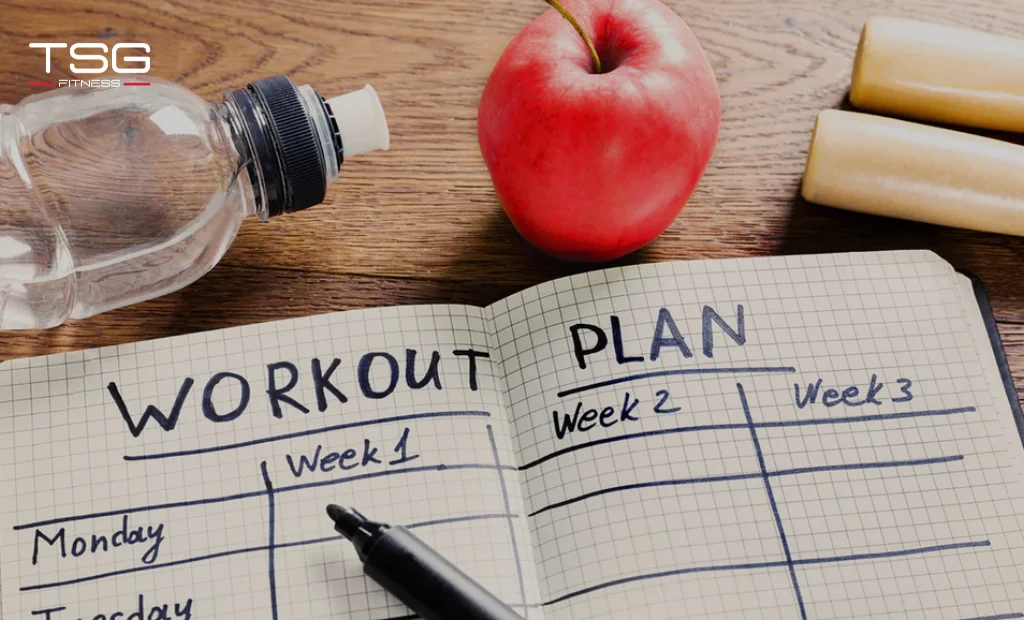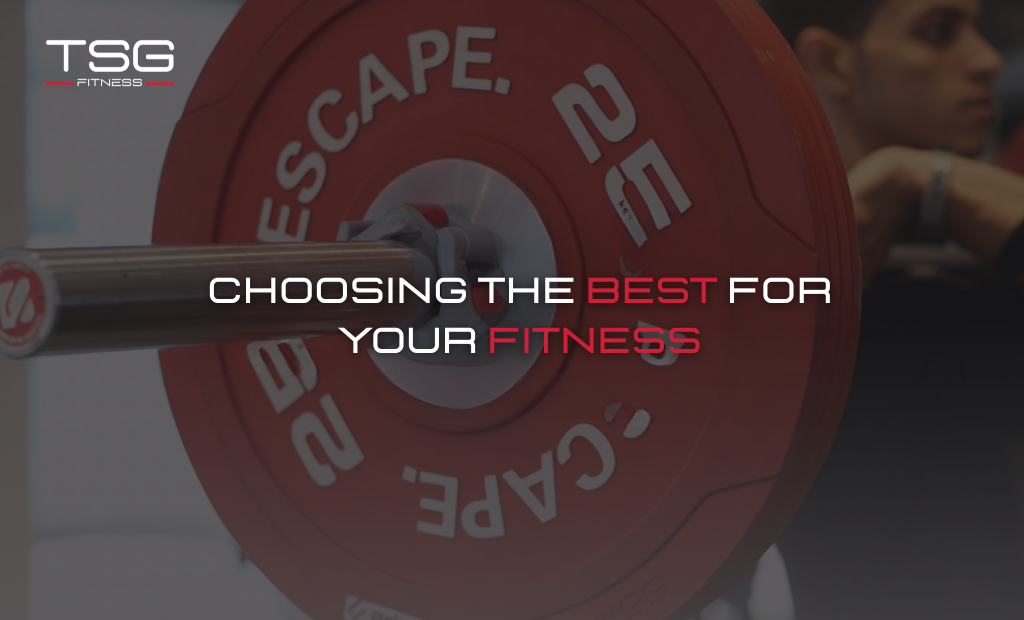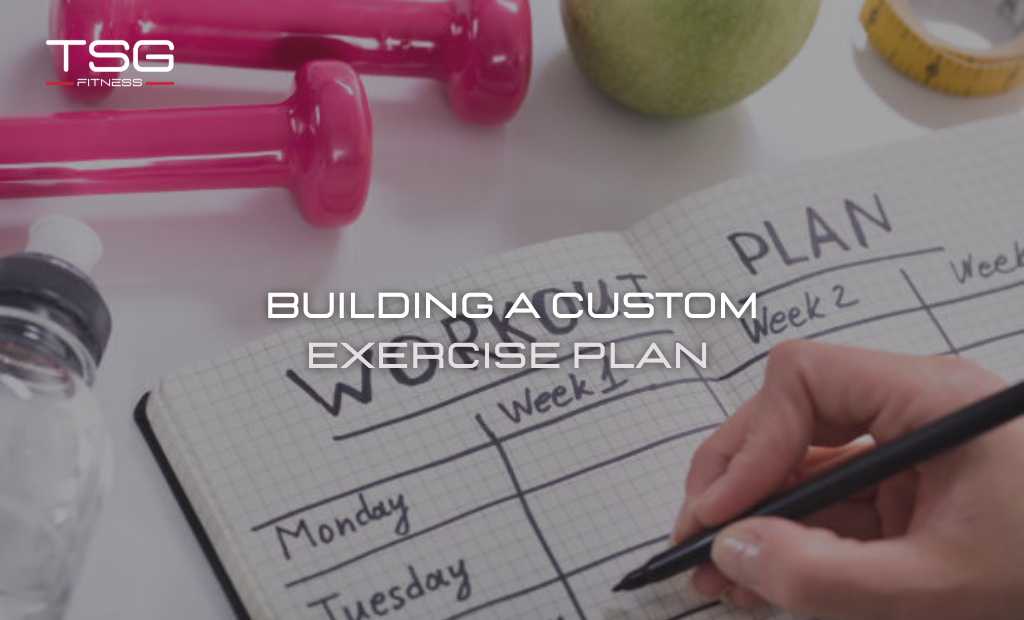
The Best Gym Cardio Workout Plans to Boost Endurance and Burn Fat
If you’ve ever walked into a gym, looked at the rows of treadmills, ellipticals, and bikes, and wondered, “Where do I even start?”, you’re not alone. Cardio can feel overwhelming with so many options, but the truth is, the best gym cardio workout plans are structured, purposeful, and tailored to your goals. Whether you’re looking to torch fat, boost endurance, or simply shake up your routine, having a clear cardio roadmap makes all the difference.
This guide dives deep into the top cardio workout plans you can follow at the gym, explaining how to mix intensity, duration, and variety for maximum results. Let’s break it down and set you up for cardio success.
Why Structured Cardio Workout Plans Matter
Randomly hopping on cardio machines without a plan is like driving without a map — you might get somewhere, but it won’t be the fastest or most effective route. Structured cardio workout plans help you:
- Maximize fat burn and calorie expenditure
- Improve heart and lung function
- Enhance endurance and stamina
- Avoid training plateaus and boredom
- Track progress and stay motivated
With the right cardio routine, you’ll transform your fitness journey from guesswork to results-driven performance.
Steady-State Cardio Plan for Fat Burning
Steady-state cardio means maintaining a consistent moderate intensity for a set period, typically 30–60 minutes. Think treadmill jogging, stationary biking, or elliptical workouts at a steady pace.
Why it works:
- Burns calories primarily from fat stores
- Improves aerobic endurance
- Easier on the joints compared to high-intensity training
Sample Plan:
- Warm-up: 5–10 minutes of light walking or pedaling
- Main workout: 30–45 minutes at 60–70% max heart rate
- Cooldown: 5–10 minutes, slow pace plus light stretching
Try adding steady-state sessions 2–3 times a week, especially on days following strength training or intense workouts.
High-Intensity Interval Training (HIIT) for Maximum Burn
HIIT is the ultimate time-efficient cardio workout, alternating short bursts of intense activity with recovery periods.
Why it works:
- Burns more calories in less time
- Boosts post-exercise calorie burn (afterburn effect)
- Improves both aerobic and anaerobic fitness
Sample Plan (Treadmill HIIT):
- Warm-up: 5 minutes light jog
- Intervals: 30-second sprint, 90-second walk or slow jog (repeat 8–10 times)
- Cooldown: 5 minutes, easy pace
Incorporate HIIT cardio 1–2 times per week, but don’t overdo it — recovery is key.
Incline Walking Workout for Glute and Leg Activation
Walking on a flat treadmill is good; adding an incline? Game changer. Incline walking engages more of your posterior chain (glutes, hamstrings) and spikes calorie burn.
Why it works:
- Targets the lower-body muscles
- Increases heart rate at a lower speed
- Low-impact yet highly effective
Sample Plan:
- Warm-up: 5 minutes flat walk
- Workout: 30 minutes at 8–12% incline, 3–4 mph
- Cooldown: 5 minutes flat walk, stretching
Include incline sessions 1–2 times a week, especially if you’re looking to tone your legs and glutes.
Rowing Machine Workout for Full-Body Cardio
Rowing is often overlooked but delivers a serious cardio and strength combo, engaging both the upper and lower body.
Why it works:
- Provides a total-body workout
- Builds endurance and muscular stamina
- Improves posture and back strength
Sample Plan:
- Warm-up: 5 minutes of light rowing
- Workout: 5 x 500 meters at a moderate pace, 1-minute rest between
- Cooldown: 5 minutes, easy pace
Mix in rowing workouts once a week to diversify your cardio training.
Cross-Training for Variety and Injury Prevention
Cross-training involves alternating between different cardio machines and activities within one session or across the week.
Why it works:
- Reduces repetitive strain injuries
- Engages different muscle groups
- Keeps workouts mentally fresh and fun
Sample Weekly Plan:
- Monday: Treadmill run
- Wednesday: Rowing machine
- Friday: Elliptical or cycling
- Sunday: Incline walk or stair climber
Cross-training balances your cardio workout plans, preventing burnout and overuse.
FAQs About Gym Cardio Workout Plans
- How often should I do cardio per week?
For general fitness, aim for 3–5 sessions per week, mixing steady-state and HIIT for variety and effectiveness. - How long should my cardio workouts be?
Sessions can range from 20–60 minutes, depending on intensity. HIIT sessions are shorter; steady-state workouts last longer. - Should I do cardio before or after weight training?
It depends on your goal. Prioritize cardio first if you want endurance gains; lift weights first if strength is your focus. - Do I need to use different cardio machines, or can I stick to one?
Variety is beneficial, but consistency matters most. If you enjoy one machine, stick with it — just ensure you’re progressing. - How do I know if my cardio intensity is high enough?
Use the talk test: you should be able to speak but not sing during moderate cardio; during HIIT, speaking should feel challenging.
Final Takeaway
Effective gym cardio isn’t just about hopping on the treadmill and hoping for the best — it’s about structured, purposeful plans that match your fitness goals. By combining steady-state, HIIT, incline walking, rowing, and cross-training, you’ll boost endurance, burn fat, and keep workouts fresh.
Want expert help designing the perfect cardio and strength routine? TSG Fitness offers tailored personal training, motivating group classes, personalized nutrition coaching, and expert physiotherapy for recovery and optimization.
Got cardio questions or ready to crush your goals? Message TSG Fitness on WhatsApp now



